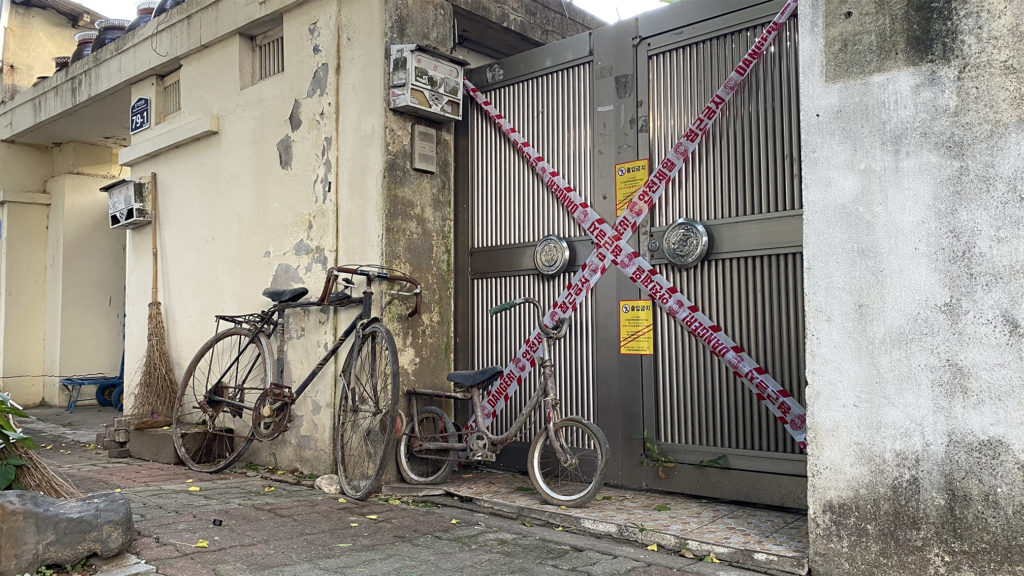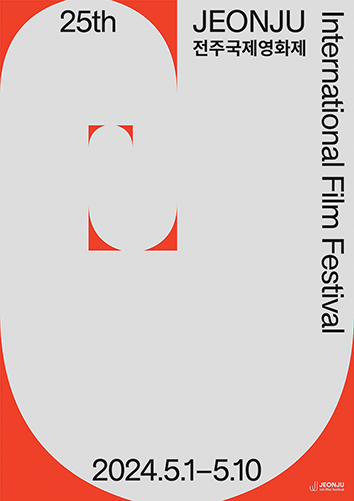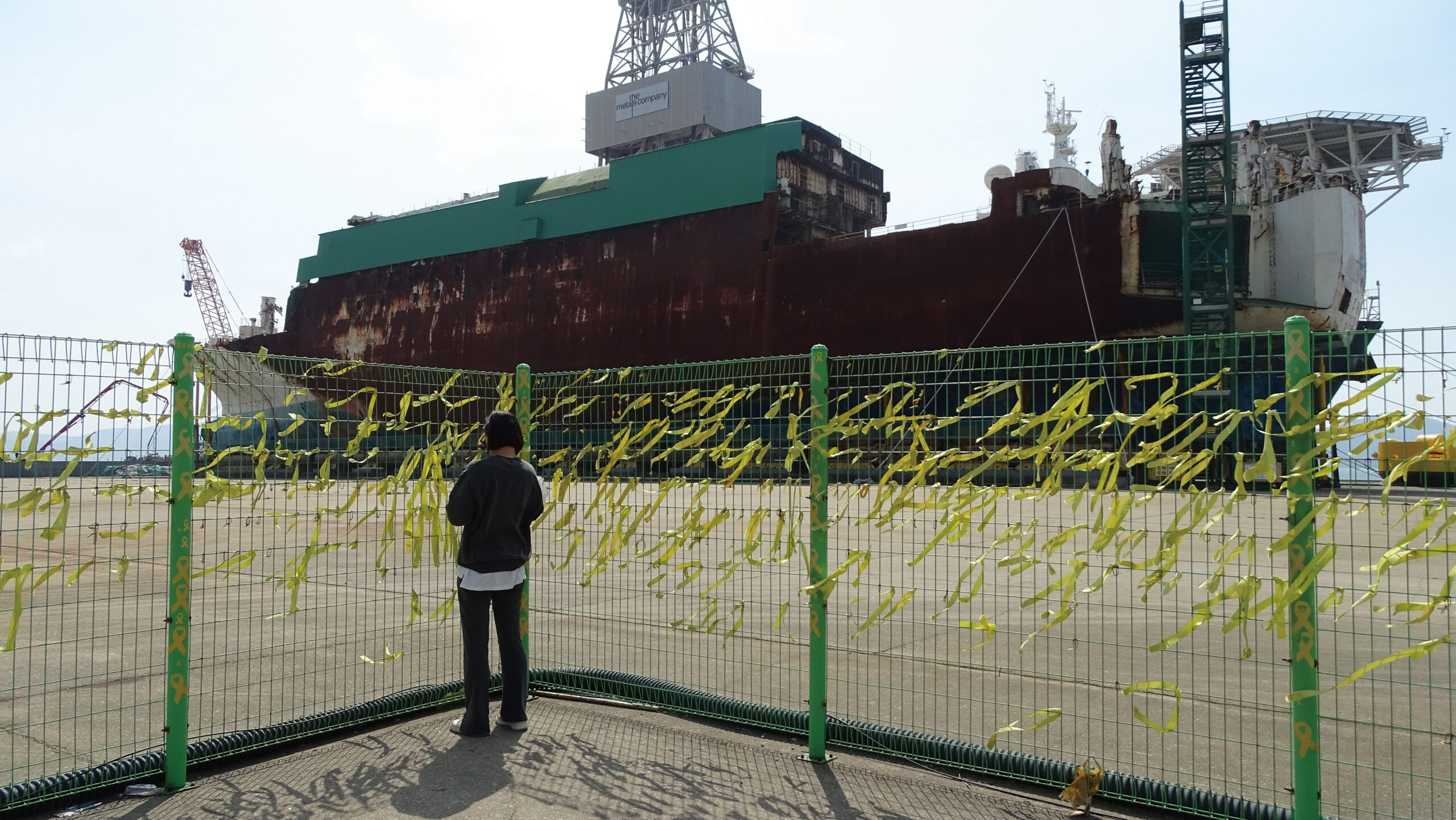Singa-dong Gives Up the Ghost
Written and photographed by Isaiah Winters.
For Gwangju’s up-and-coming striver class, buying a new apartment in the affluent Suwan District is the quintessence of “making it.” This monied district is young, modern, and lacking in little – save character. That’s why those who “make it” to Suwan immediately flee to trendier neighborhoods whenever they have leisure time. Having lived out there myself for a few years, I know how real the weekend exodus to anywhere-but-Suwan is.
The only redeeming neighborhood in the area is just south in Singa-dong. The neighborhood is a patchwork of commercial and residential units organized into grids with low, two- or three-story businesses lining the main arteries and jutaek houses hemming the tight back alleys. Quaint and quiet, these long, narrow alleyways are great to wander, especially where gentle bends splay out into little three- or four-way junctures bracketed by small corner stores. The community fits together so well that it feels both planned and organic – like a humble village in lattice formation.
What strikes me about this part of Singa-dong is its overlooked potential. Here you have scores of charming backstreets with row after row of affordable units, each with its own eclectic allure, all just a stone’s throw from a surfeit of young, suburban, upper-middle-class café addicts who are obliged to take 40-minute bus rides downtown to Dongmyeong-dong and Yangnim-dong for their latte and selfie fix. Meanwhile, Singa-dong is just a 15-minute walk from Suwan’s main drag – the same time it takes to walk from The First Alleyway to Dongmyeong-dong. But now that Singa-dong is in the throes of eviction ahead of demolition, I guess neighboring Suwan is doomed to forever hemorrhage its hipsters on weekends.

A smattering of hipster joints might well have helped to revitalize the now condemned parts of Singa-dong, thereby keeping the wrecking crews at bay. This alternative to demolition – the boutique lobotomy – would of course come with problems of its own, though it would surely be better than bulldozing everything and salting the earth with more high-rise apartments. The latter will only result in more people moving to Suwan just to flee its marrow-deep inauthenticity at first chance. Unfortunately, only after another decade of breakneck redevelopment will we likely realize how quickly we gave up scruffy, endearing vestiges like Singa-dong.
And scruffy it is. On my last visit, the doors to about half the units had already been wrapped in saltires of caution tape that acted as seals. In this way, any suspicious break in a seal could later be investigated via the nearest CCTV camera, of which there’s an ungodly number in the area. Echoing an Orwellian dystopia, it’s as if a camera stares you in the face at every other street corner, light post, and dead end. This network of livestreams creates an all-seeing panopticon intended to keep burglaries and littering down. I assume the property redevelopers meticulously set each camera up, though I can’t say for sure. Nevertheless, on my many visits, seals were frequently rebroken and garbage seemed to mount by the day, so whoever’s tasked with tracking down malefactors has his work cut out for him.
Lest you think the cameras are just for show, posters bearing CCTV stills of litterers in the area are almost as commonplace as the cameras themselves. According to the posters, those caught littering on foot face a 200,000–300,000 won fine, while those caught littering from vehicles face a steeper 500,000–1,000,000 won fine. The message throughout Singa-dong is clear: These people are serious – far more serious than any I’ve seen in redevelopment zones elsewhere in our city.

Beyond these portents of Big Brother, there’s another, more traditional type of monitoring in the area that helps clamp down on sketchy activity: local senior citizens. Though I behaved myself on my many recent visits, I was often shadowed – and sometimes sharply questioned – by locals of a certain vintage for my photography. It must have looked highly suspicious: an oversized foreigner snapping photos of myriad alleys and abandoned entryways. The elderly who still have a stake in the community would sometimes stick around and make a little noise, thinking that would scare me off; others studiously ignored me and gave me a wide berth, like we were two repelling magnets. With a hobby like this, you get used to it.
Despite going on repeated photo shoots in the area, I’m disappointed with how my pictures turned out. Some places are just more impressive in person, and Singa-dong may be one of them. Fortunately, where photos fail, there are words. Over the course of my repeat visits, I observed many details that were far more interesting as subjects of writing than photography. One that sticks out is an advertisement for the removal of yupum (유품), or articles left behind, often by the deceased. The ad showed four exemplary photos of disheveled home interiors left in the wake of the former residents. Now that’s a haunting job I’d like to tag along for.

In short, could Singa-dong have been another Dongmyeong-dong? To some extent, I think yes. It’s got what hipsters crave, including the hipsters themselves; however, redevelopers got to it long before many noticed its value. I must admit, I only know of the area because I used to live across the street and would frequently roam its alleys on late-night walks, so it’s been on my radar for a long time. I’m sad to see it go and wish the locals the best, but Suwan – you just lost your soul.
The Author
Originally from Southern California, Isaiah Winters is a Gwangju-based urban explorer who enjoys writing about the City of Light’s lesser-known quarters. When he’s not roaming the streets and writing about his experiences, he’s usually working or fulfilling his duties as the Gwangju News’ heavily caffeinated chief proofreader.








